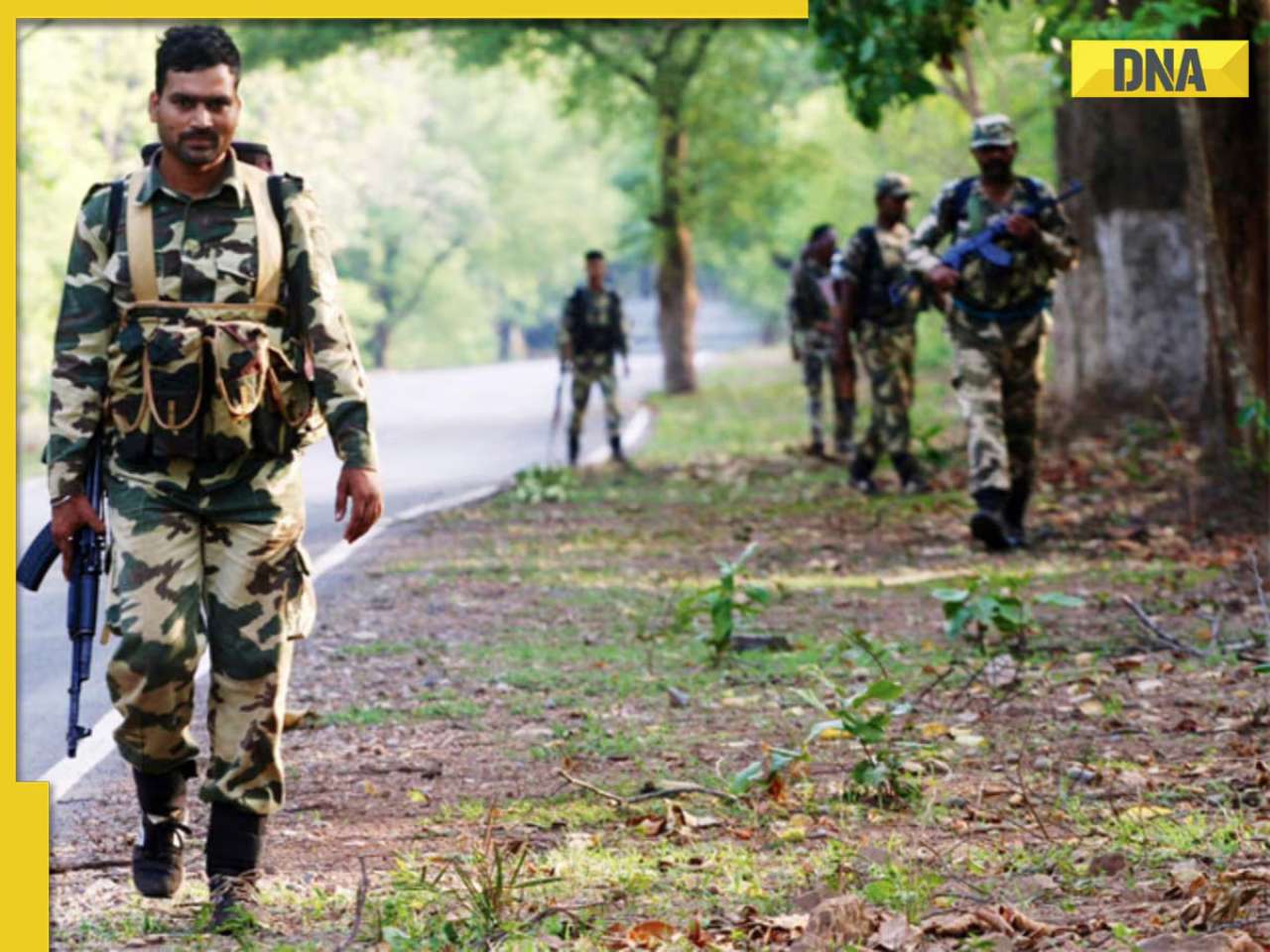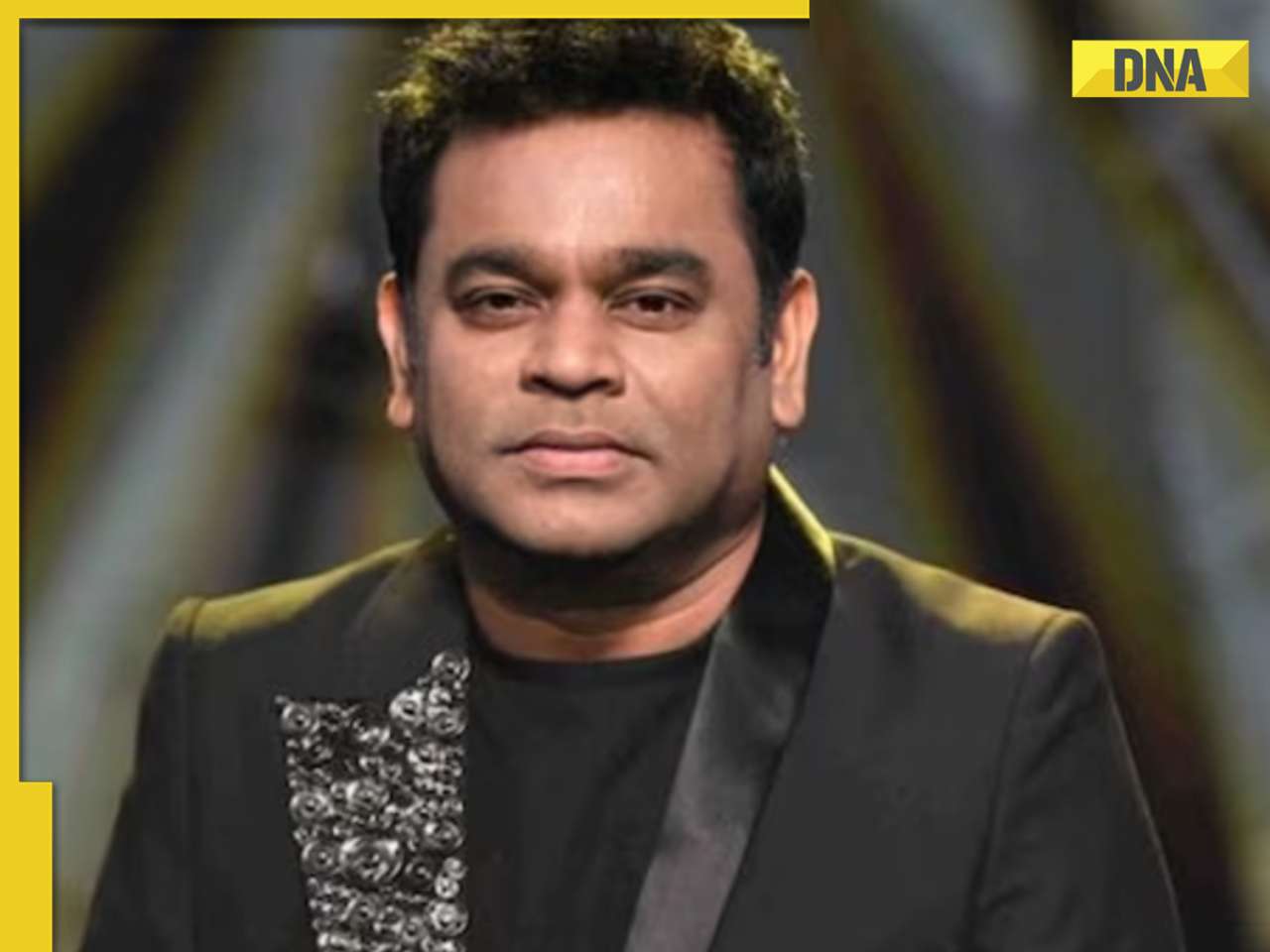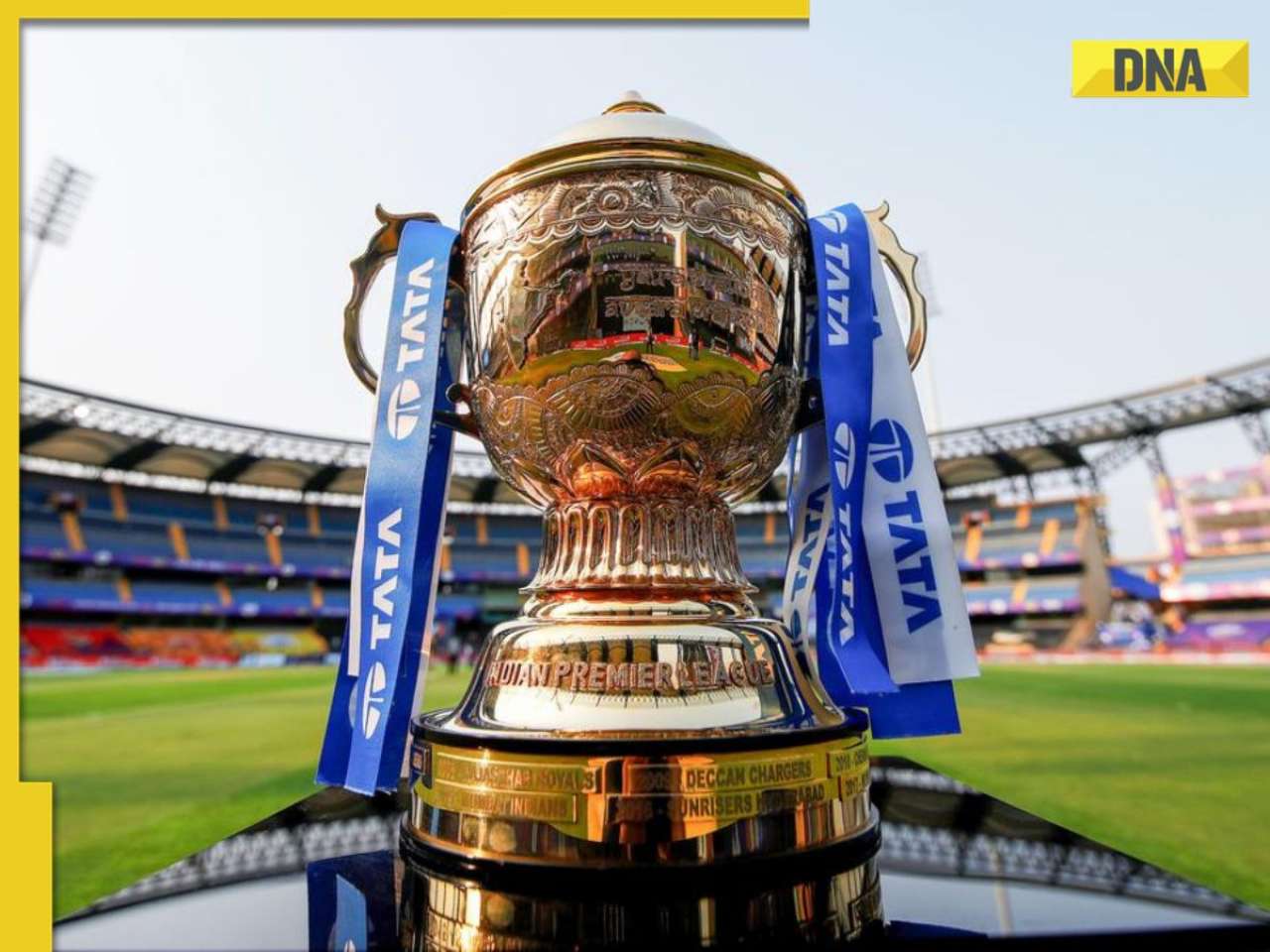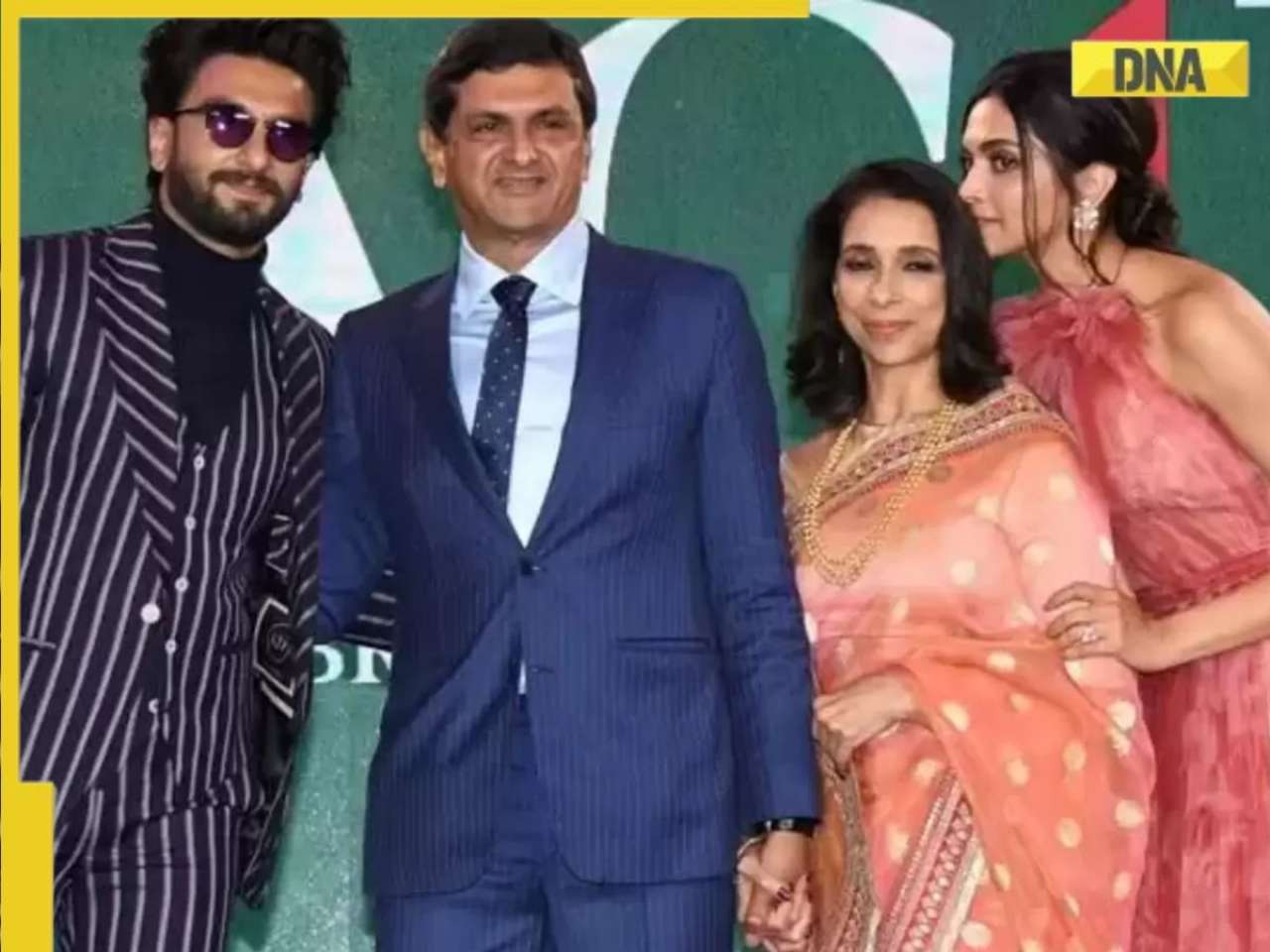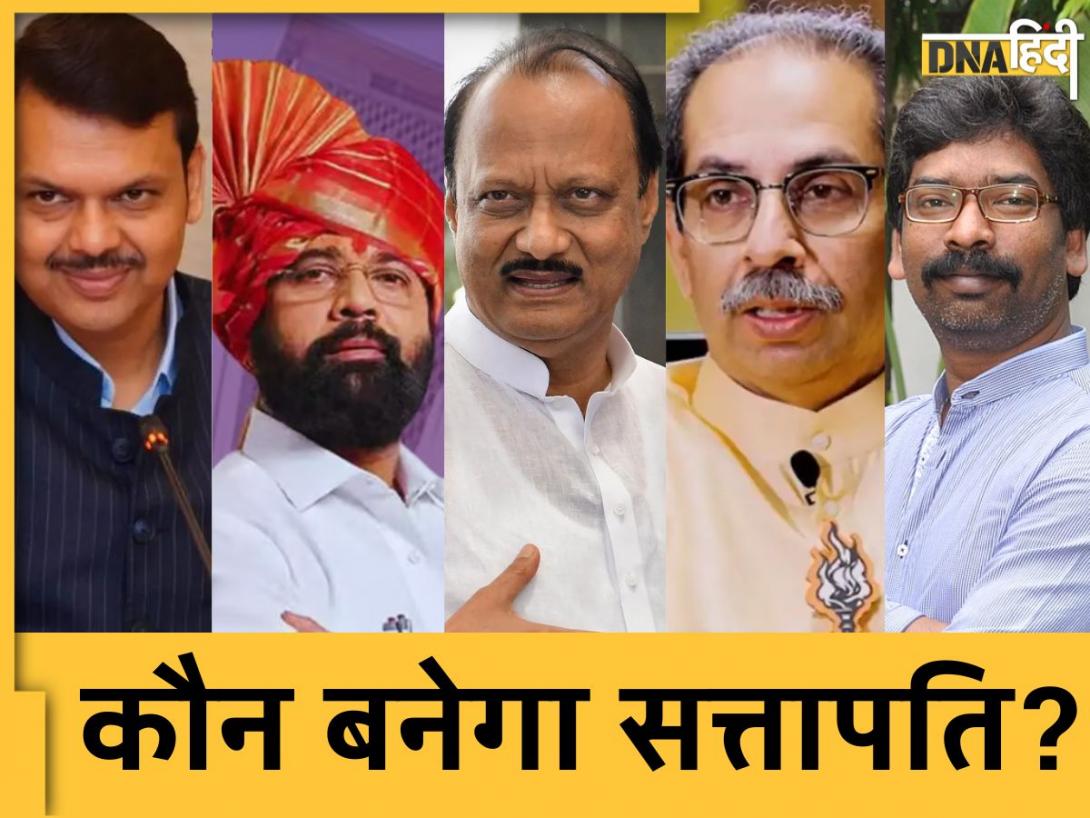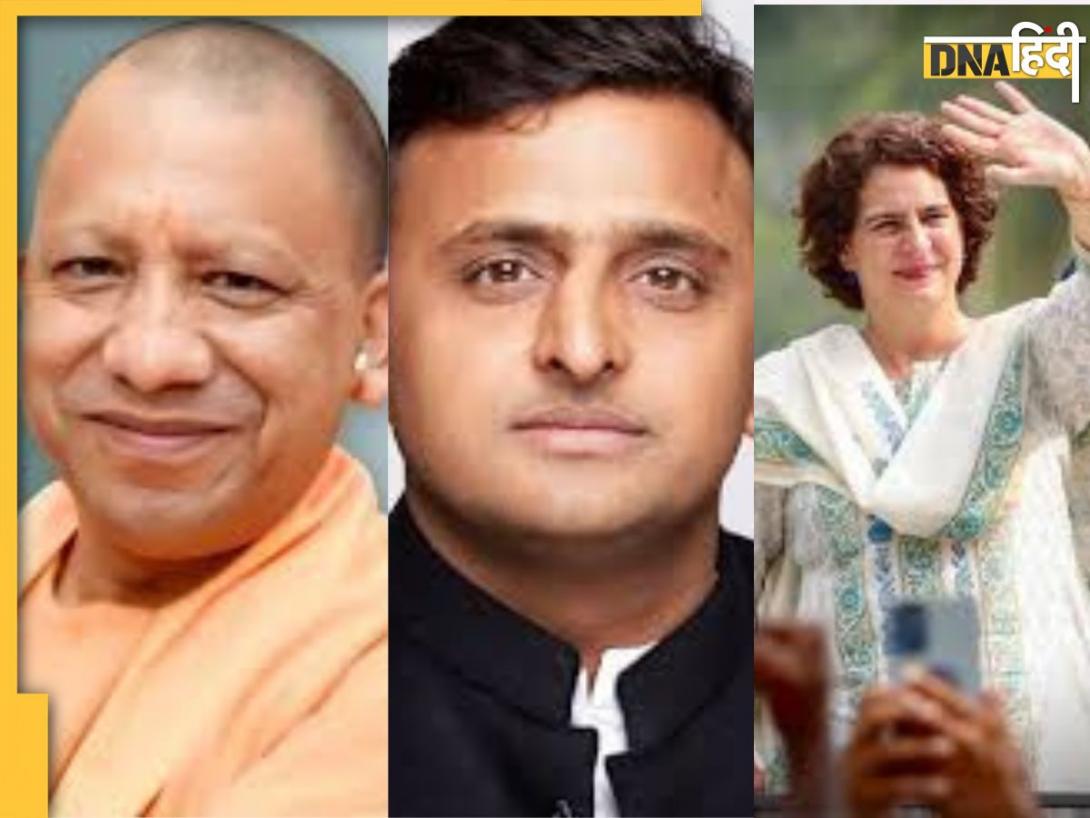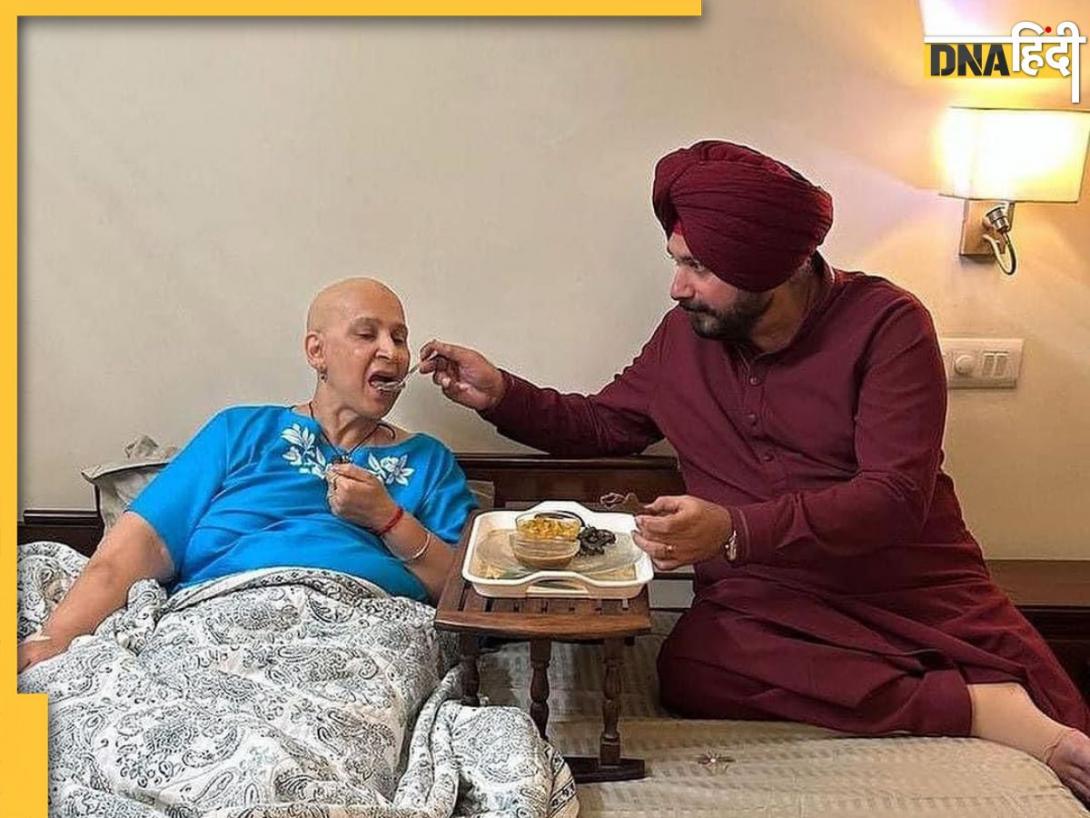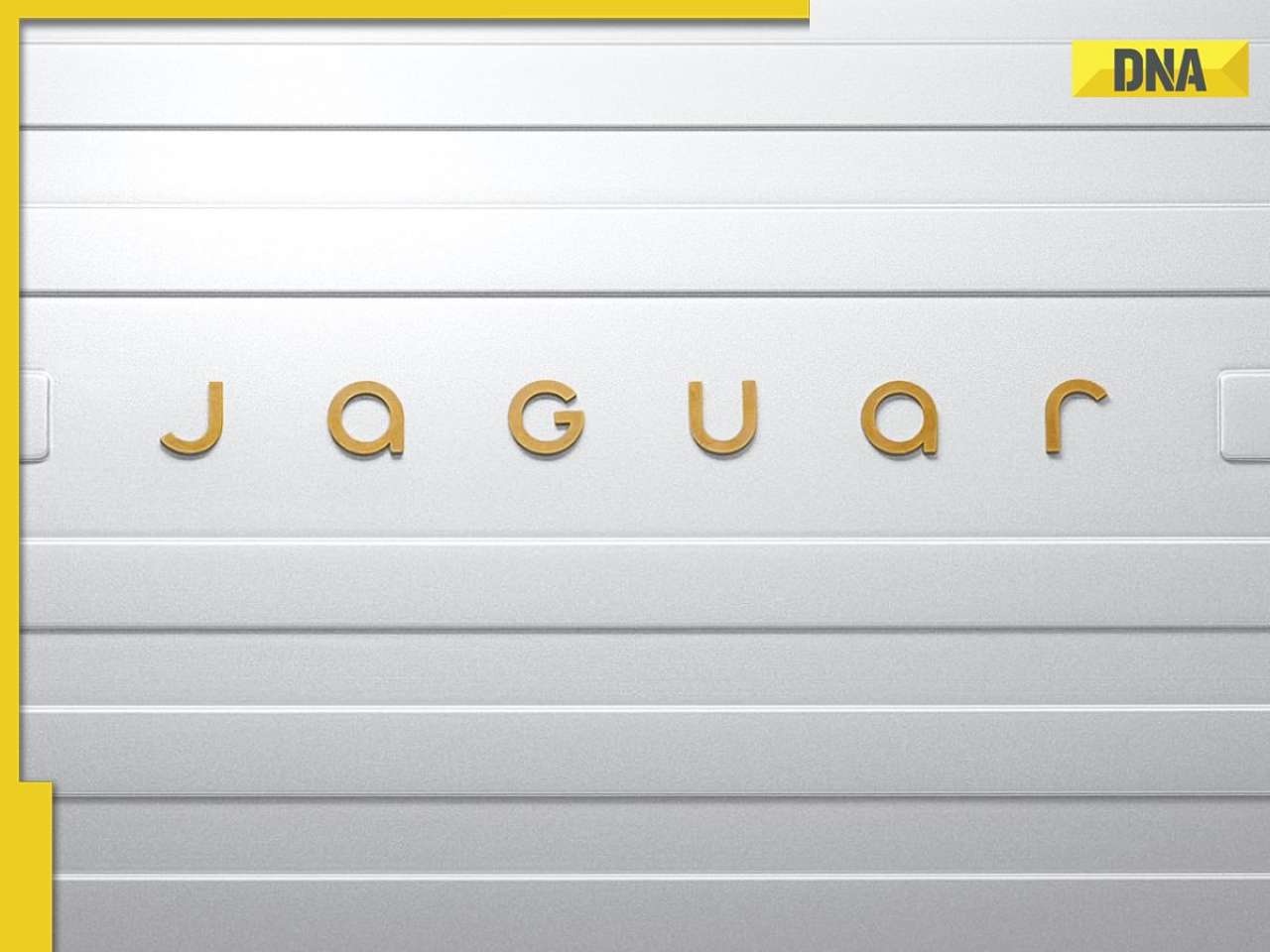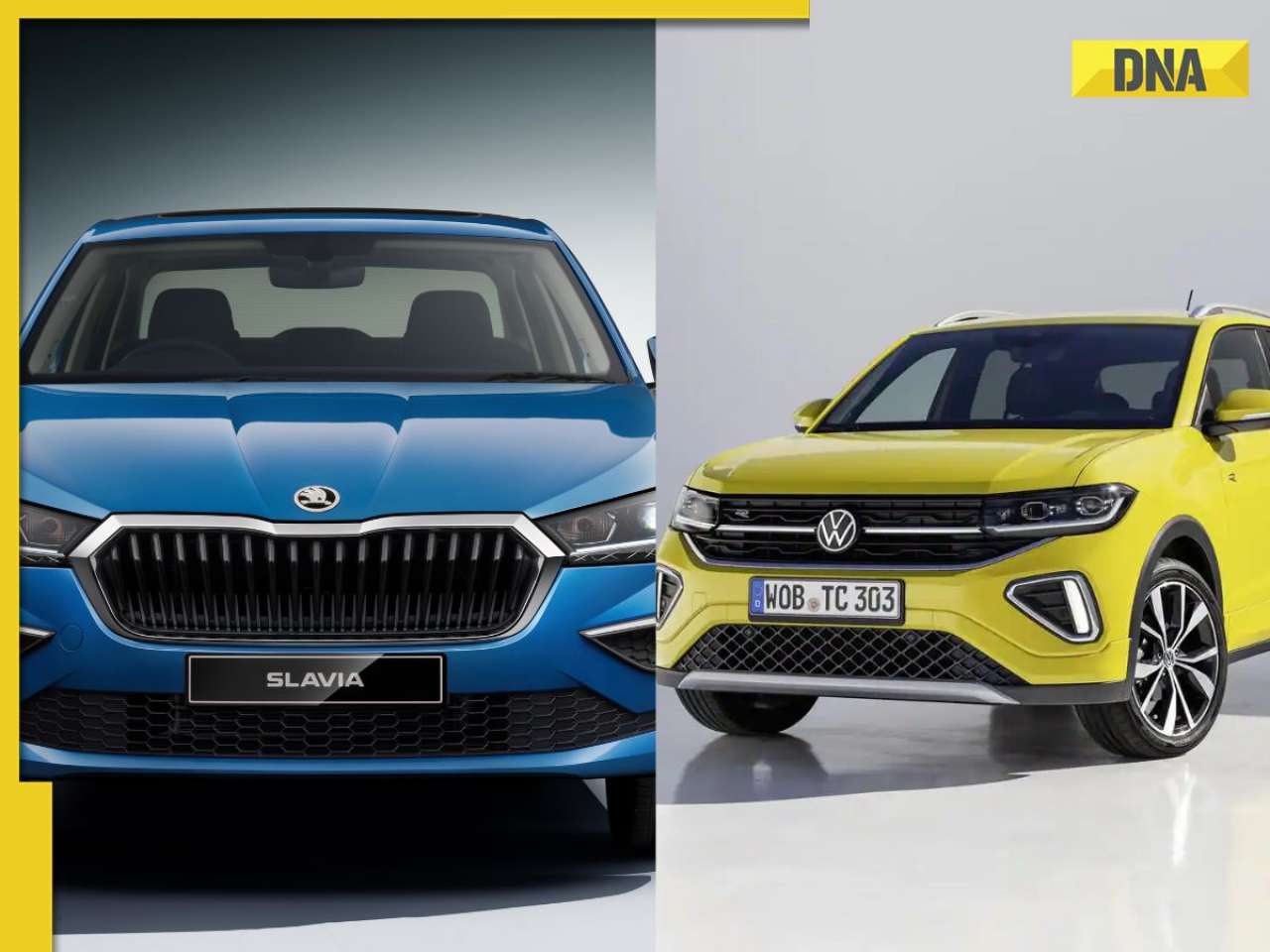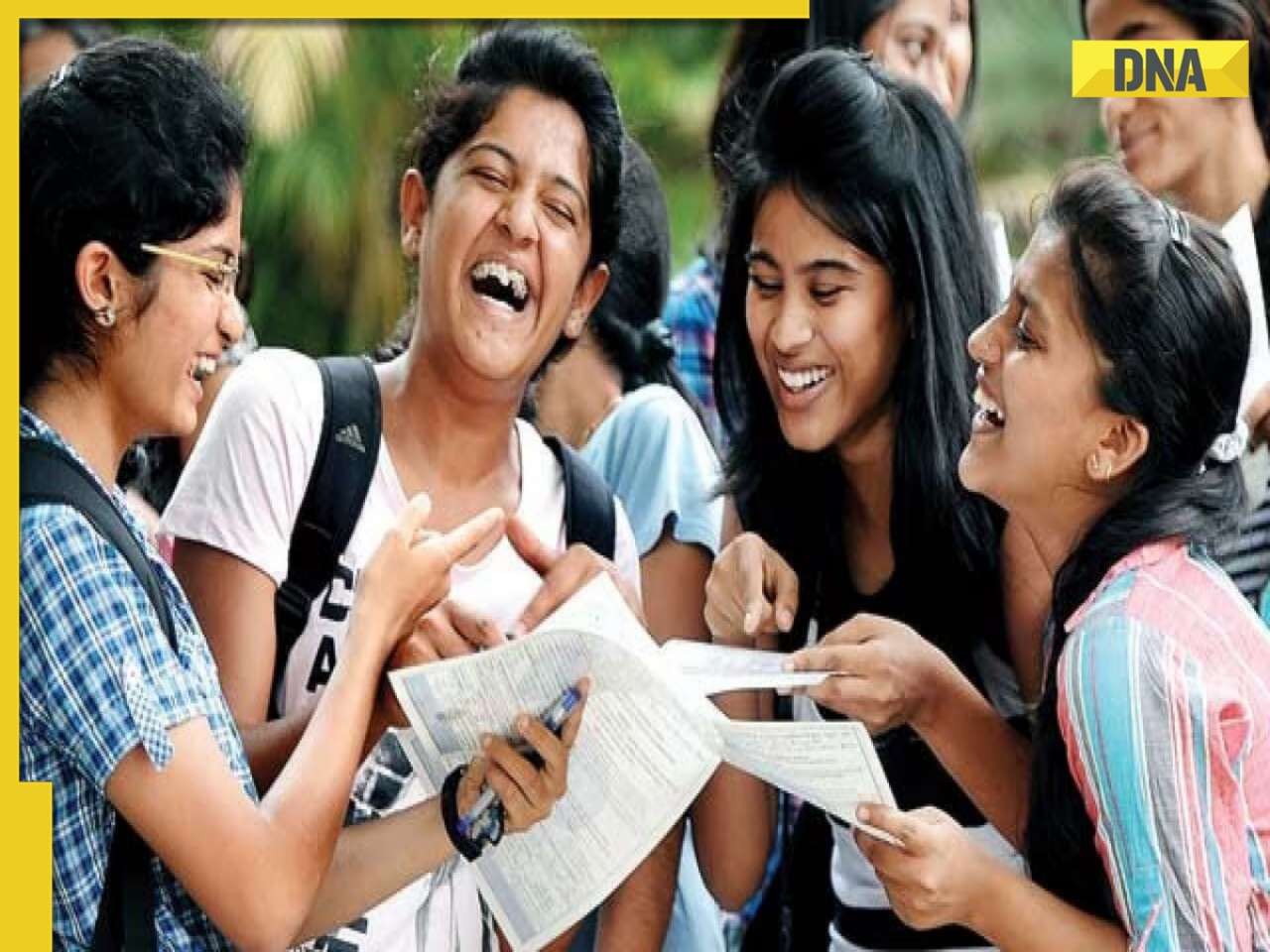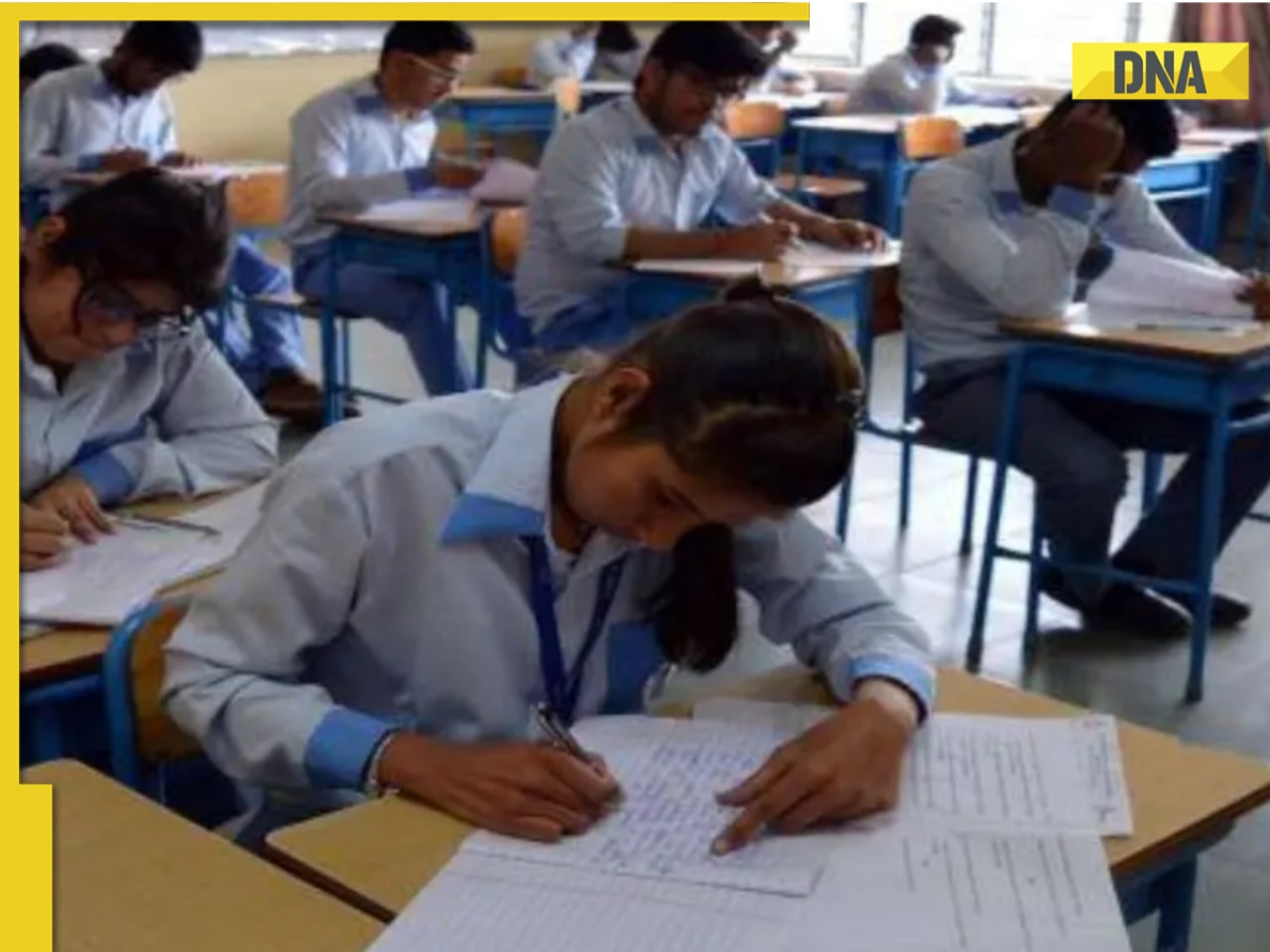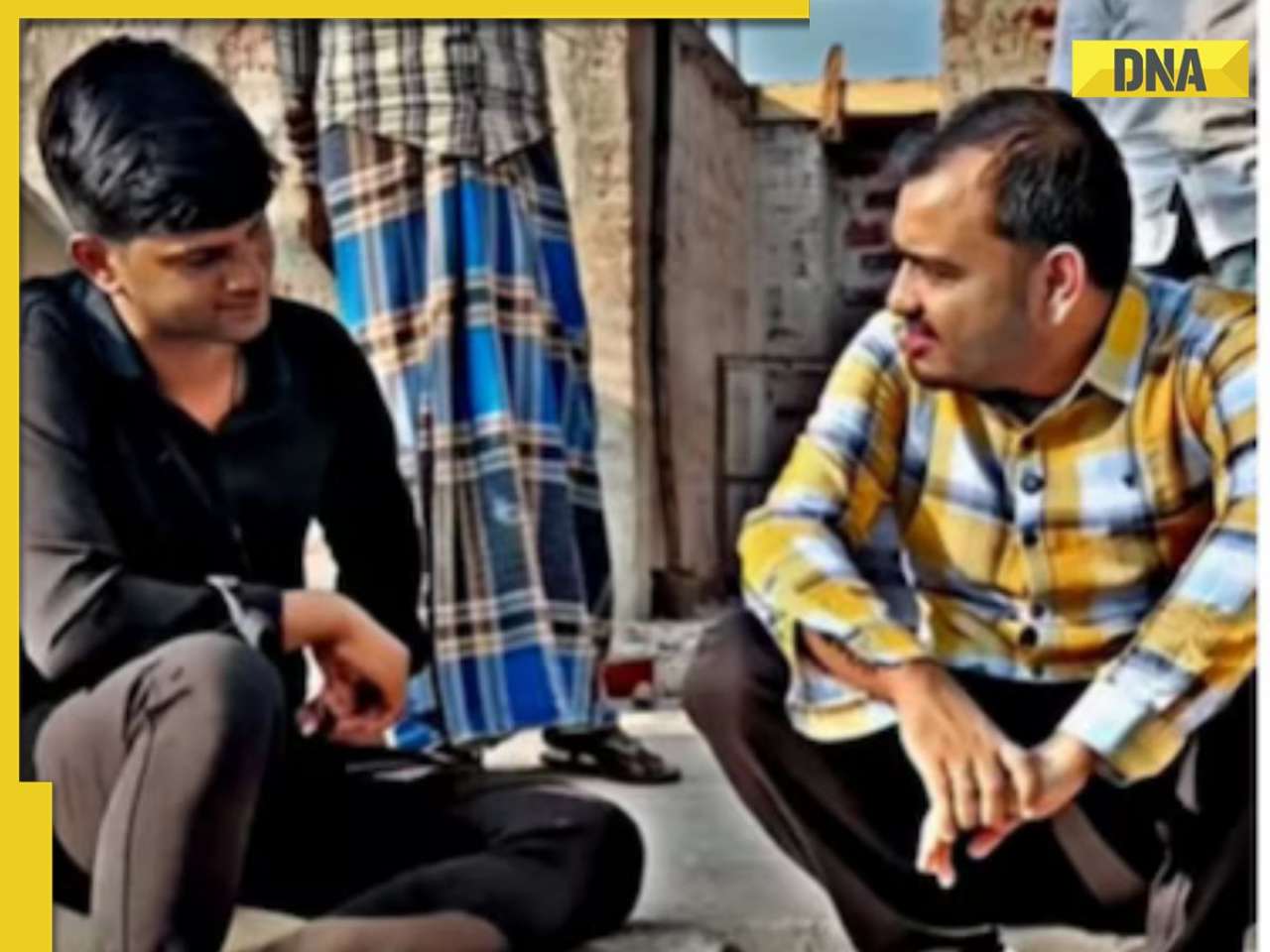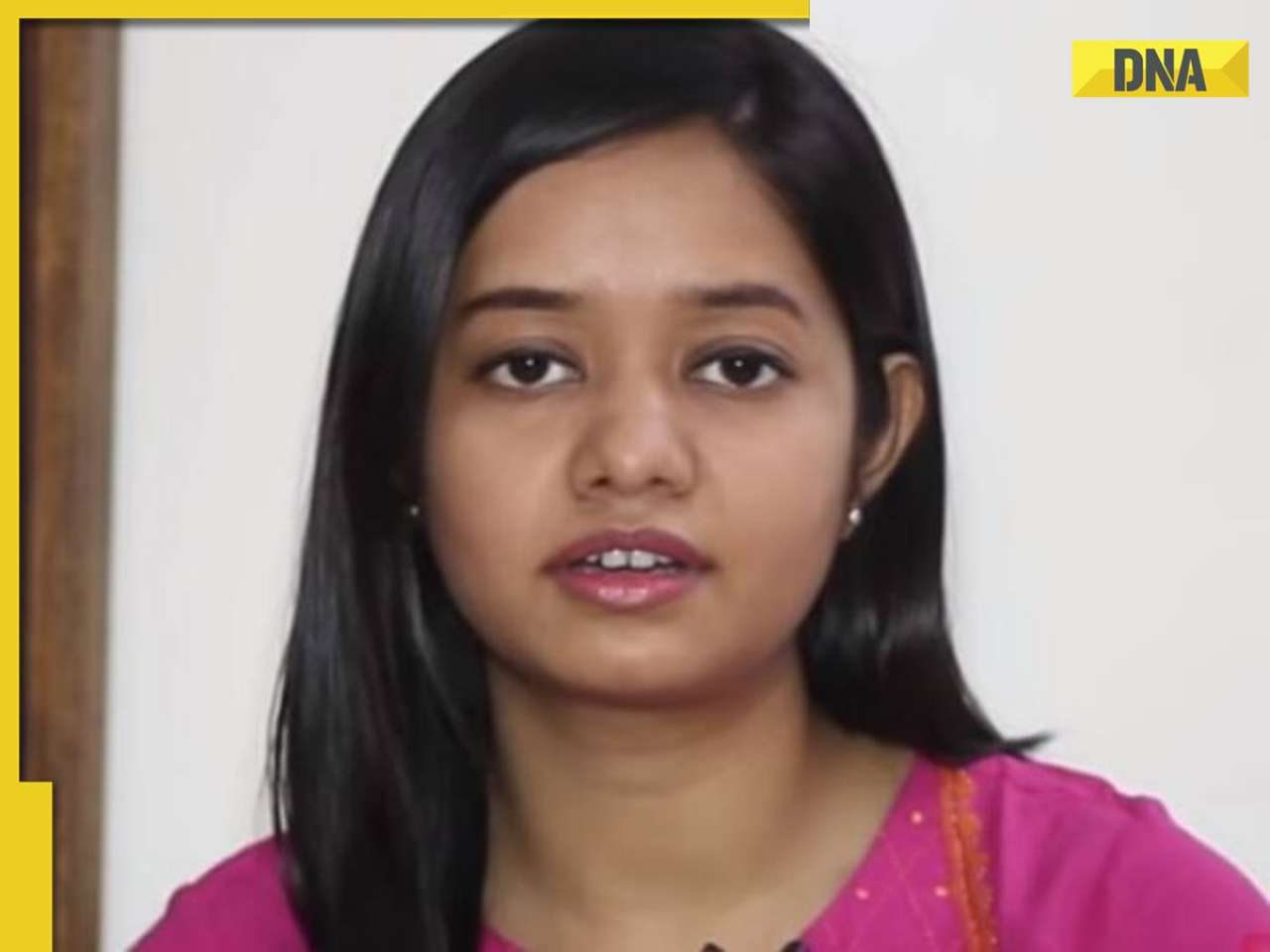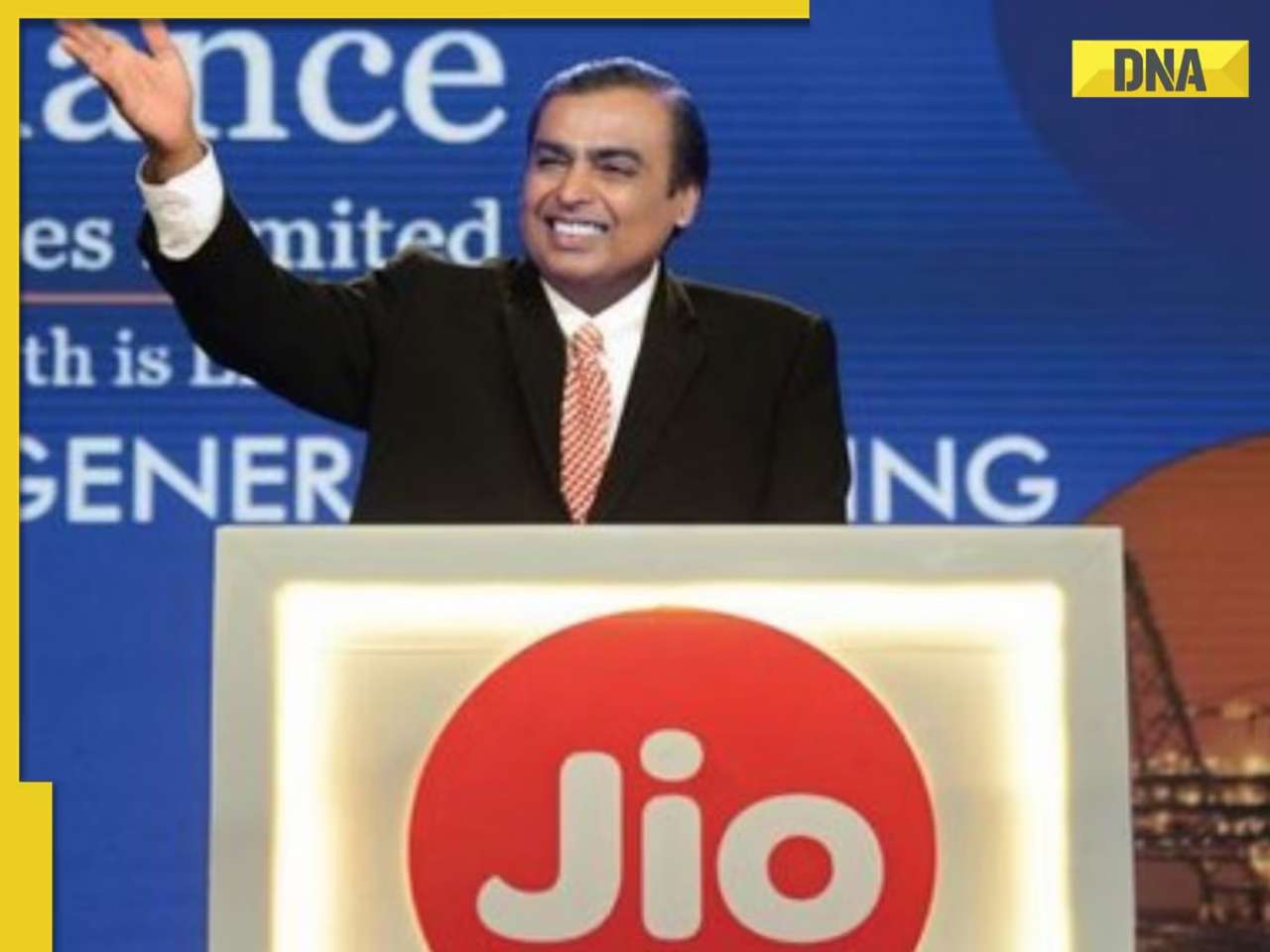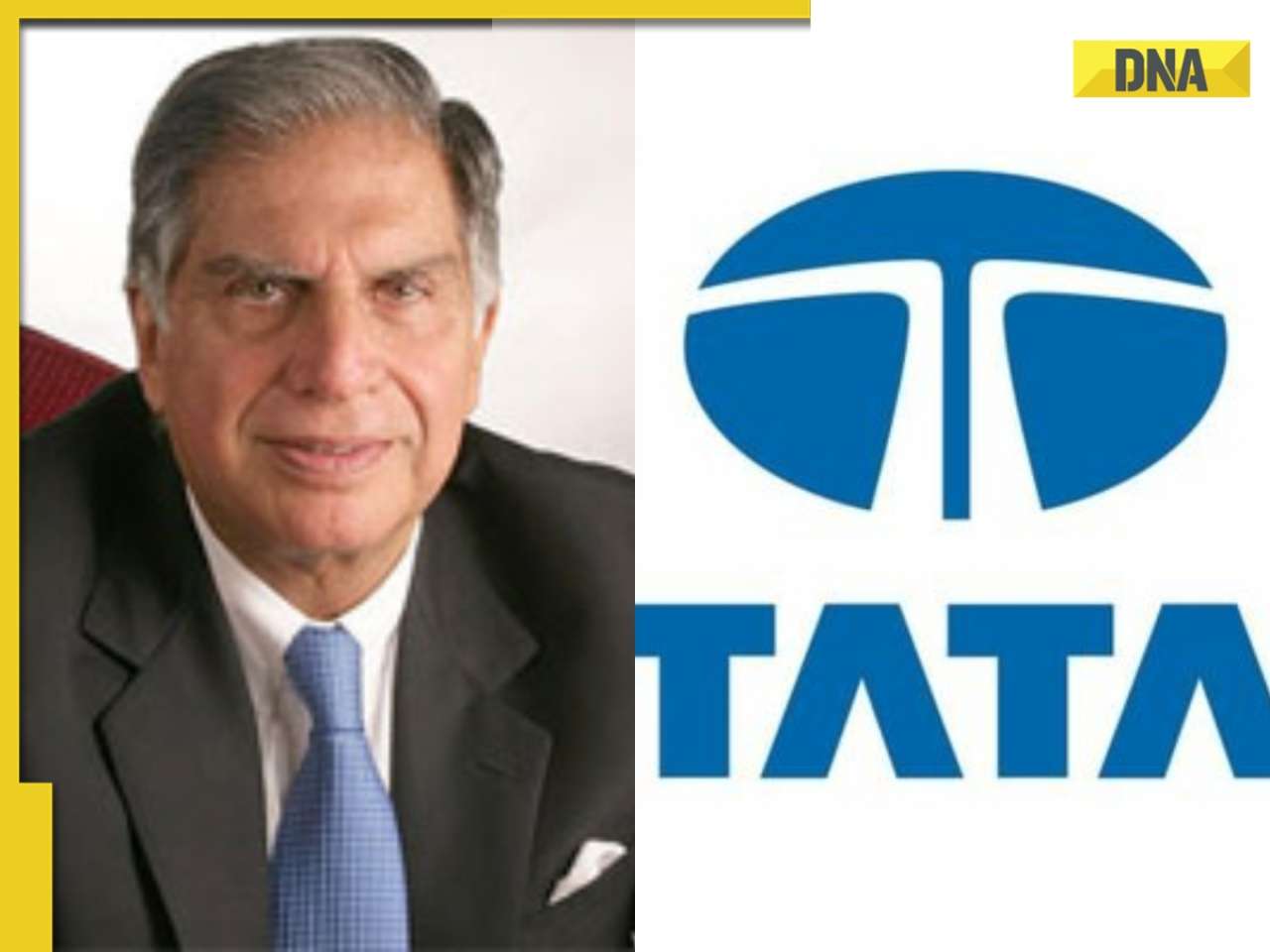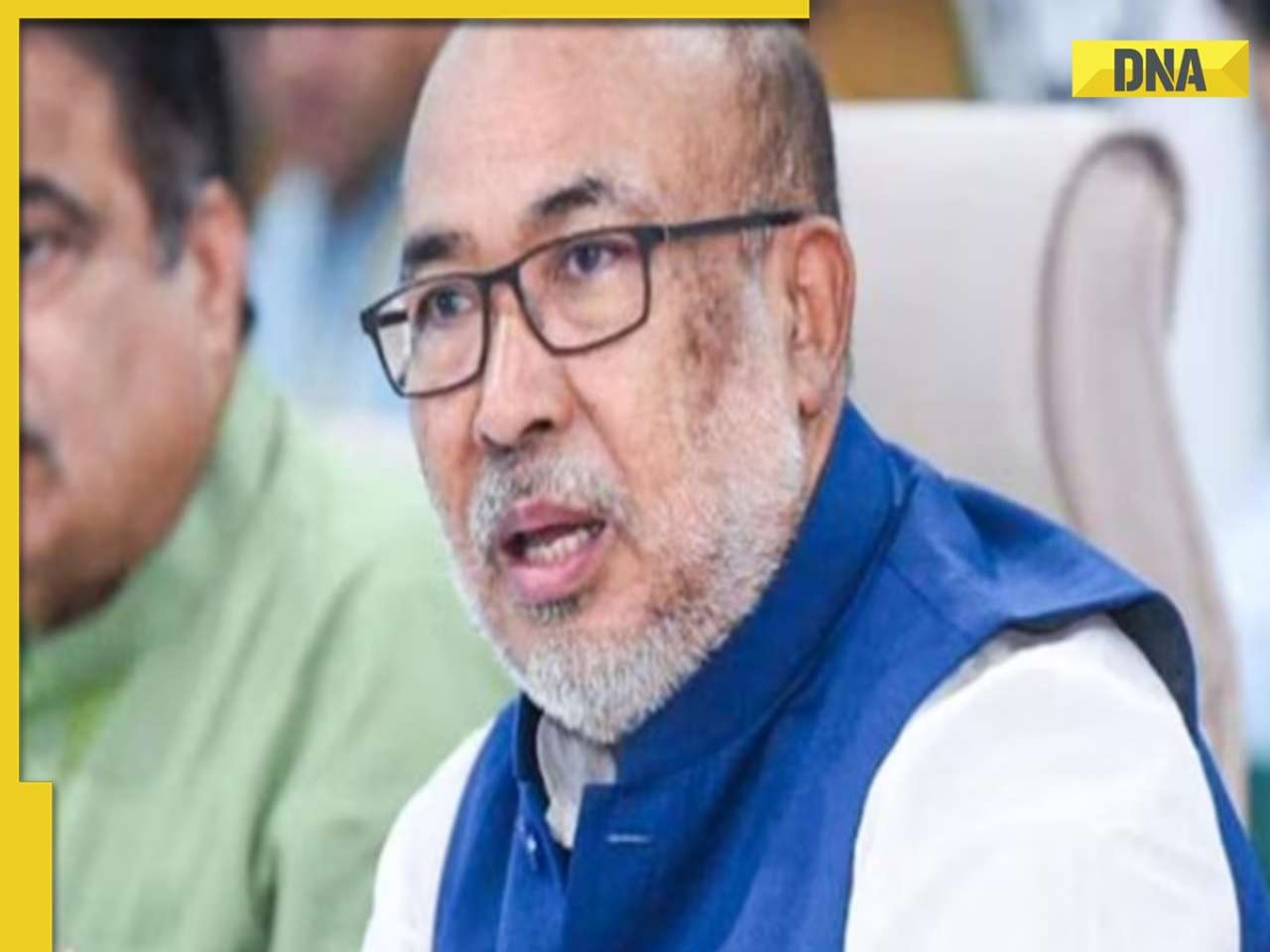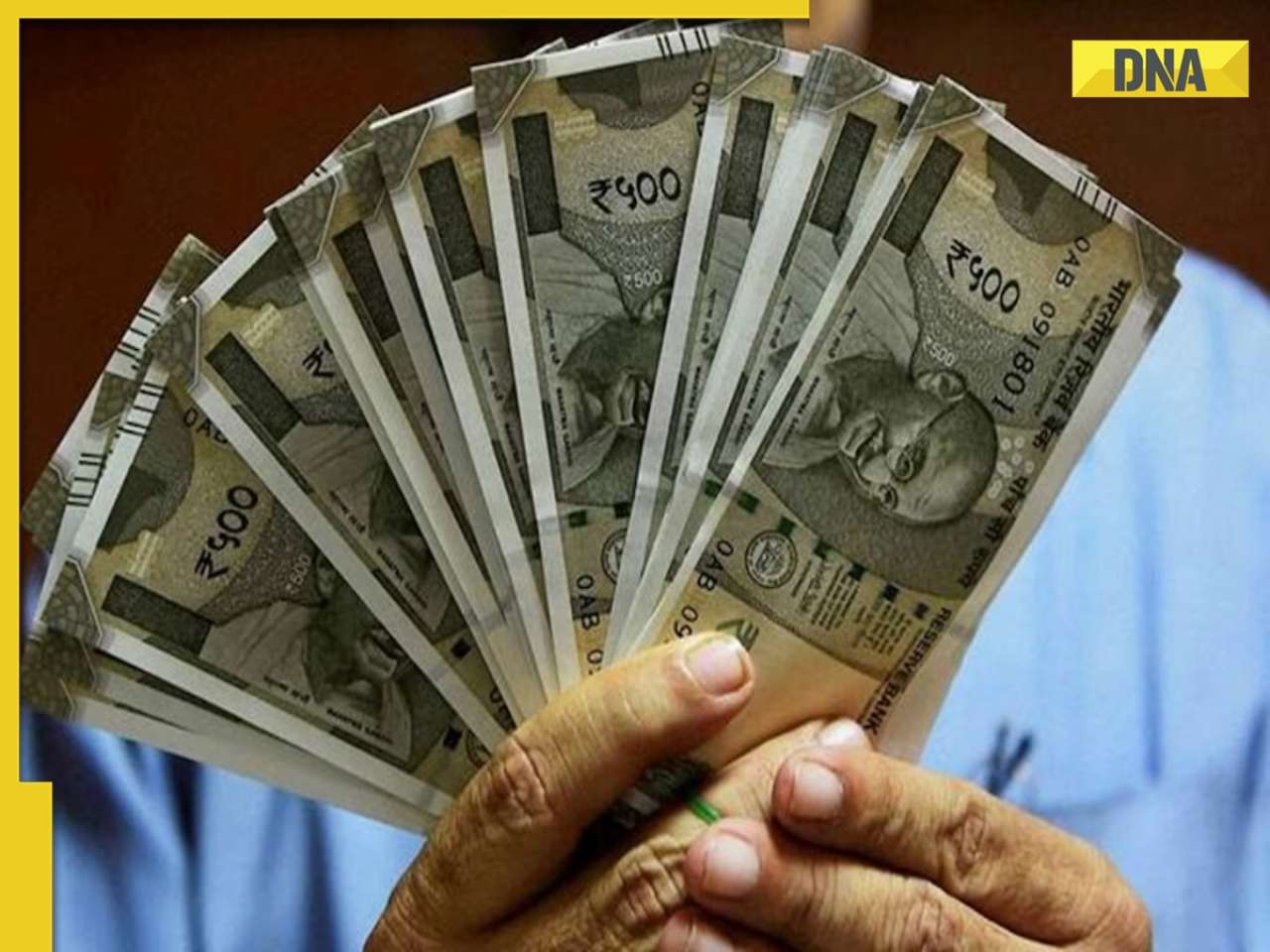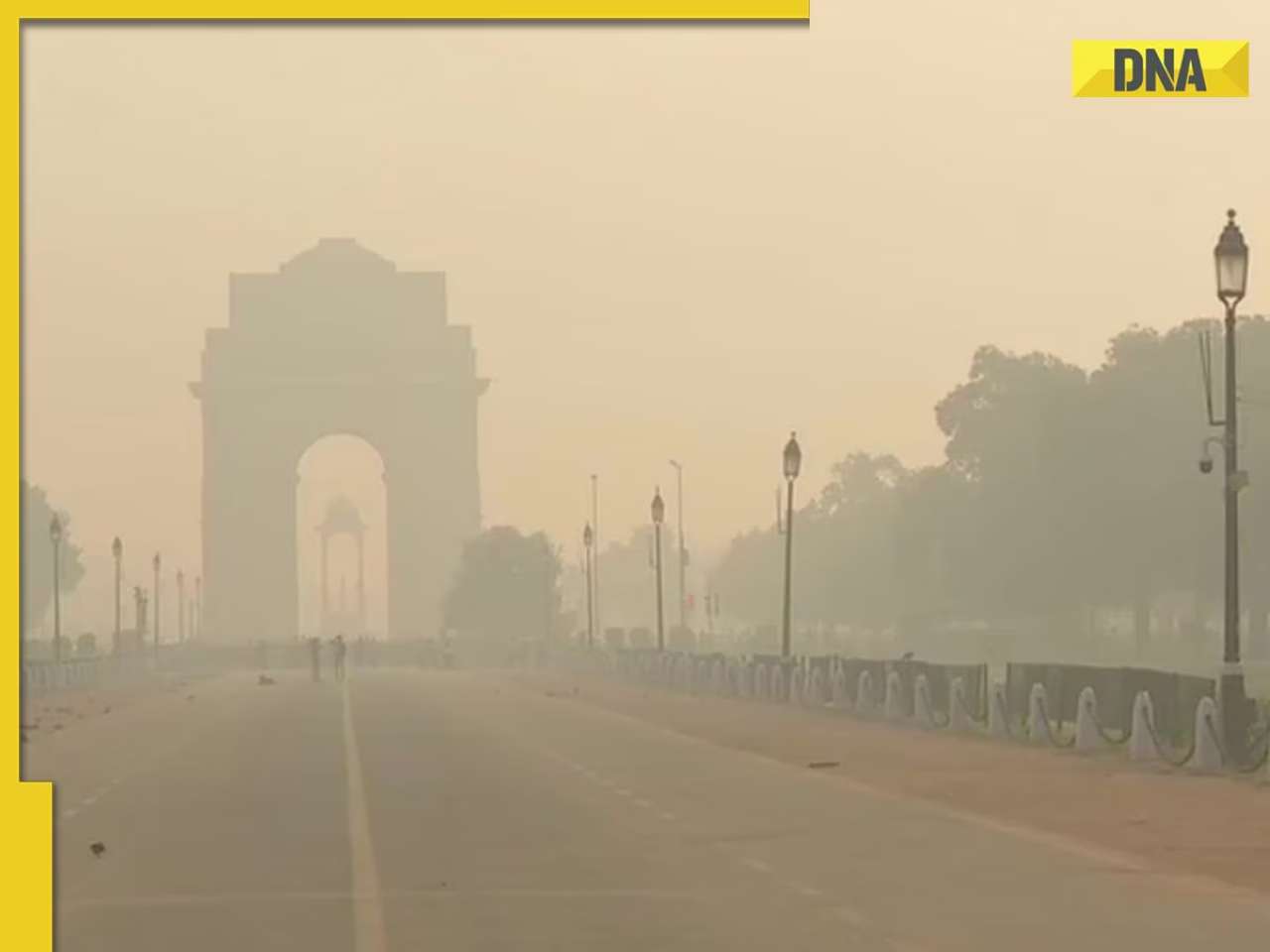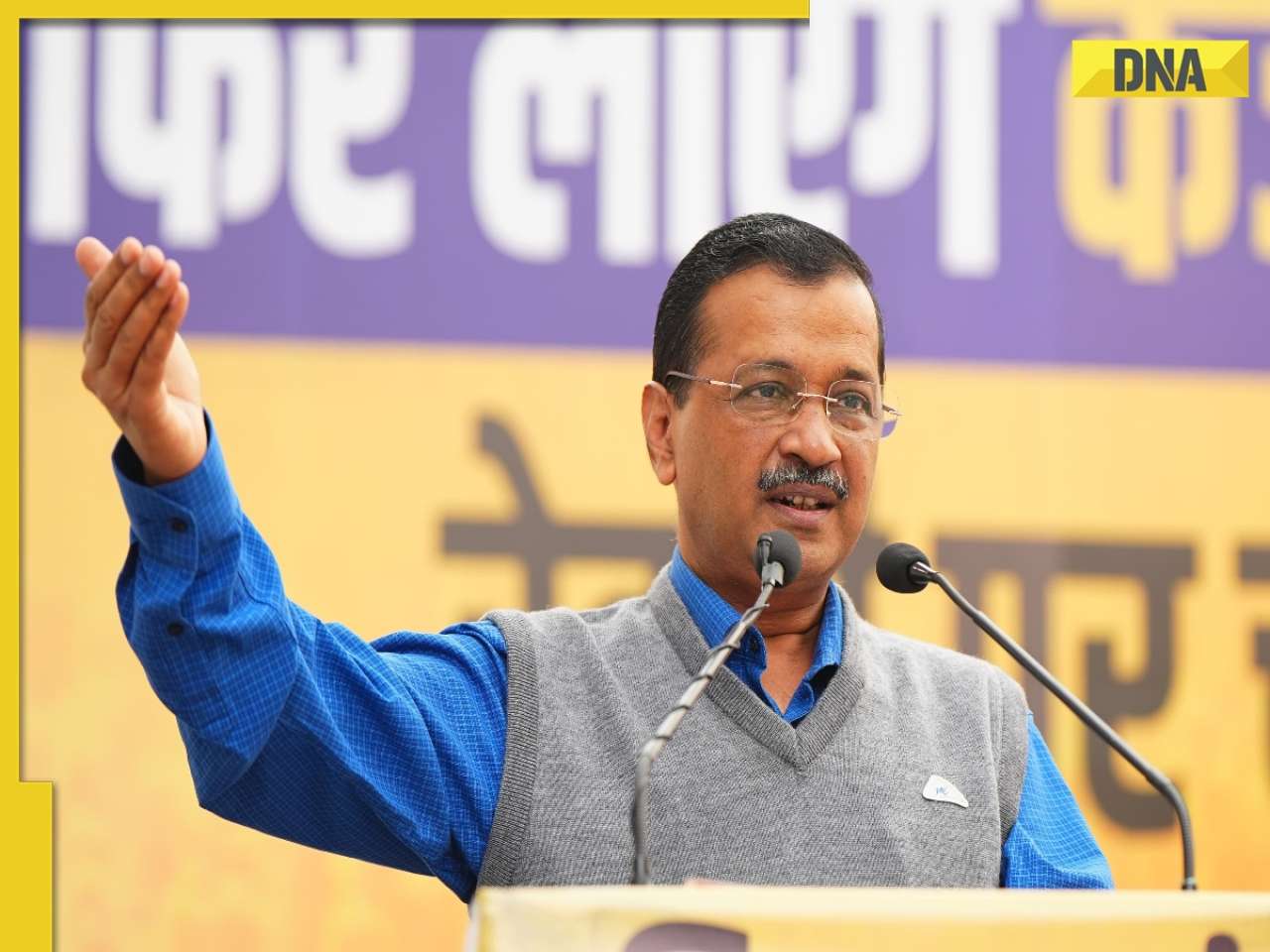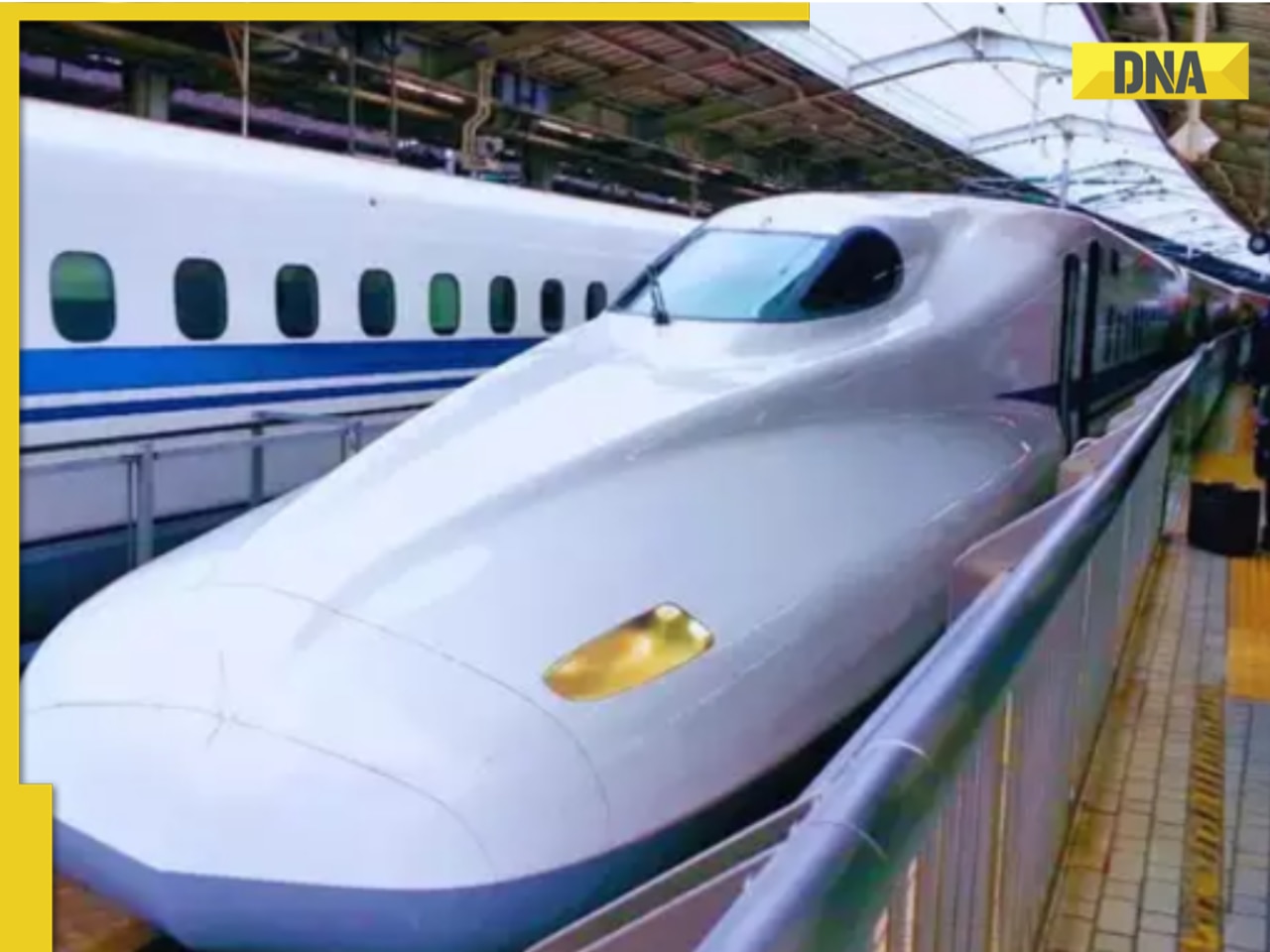- LATEST
- WEBSTORY
- TRENDING
BUSINESS
‘India learning wrong lessons from China’
Yasheng Huang, author of, most recently, Capitalism with Chinese Characteristics, points to the most important ‘Chinese takeaway’ for India.
TRENDING NOW
Indian policymakers’ fascination with the ‘Shanghai model’ of development shows that India is learning precisely the wrong lessons from China’s growth, says political economist and MIT Sloan School of Management professor Yasheng Huang. In this concluding part of a two-part interview to DNA, Huang, author of, most recently, Capitalism with Chinese Characteristics, points to the most important ‘Chinese takeaway’ for India. Excerpts:
Indians are enamoured of Shanghai, but your most recent book has an entire chapter detailing Shanghai’s failings as an economic model. What is wrong with Shanghai?
A successful economic model creates value for everybody, rather than for some at the expense of others. Shanghai didn’t do that. In Shanghai, the government intervened to acquire land as the sole buyer, without competition, from rural households, and gave it to domestic and international real estate developers. That creates value on huge infrastructure projects and impressive high-rises, but the average Shanghainese people’s household income has not grown relative to the rest of the country.
My hunch about Shanghai — even though I couldn’t find the data to support it — is that its growth was subsidised by the rest of China. I’ve heard that when Pudong (the Special Economic Zone in Shanghai) was built, virtually every Chinese province was required to invest there. There’s a fundamental difference between Shanghai in the 1990s and Shenzhen in the 1980s. Shenzhen’s development was a bottom-up, bootstraps model: in the 1980s, Shenzhen too drew entrepreneurs from the rest of the country, but it didn’t receive subsidies from the central government the rest of China. And my biggest concern going forward is that the Shanghai model is being repeated for the whole country.
China’s model of reckless urbanisation is also distorted. Migrant workers are denied entitlements in cities, and so urban areas get a labour contribution but they don’t have to pay for it. I’m not against urbanisation; but urbanisation implies certain responsibilities and costs that are not currently reflected in the way China is urbanising itself.
In China today, there’s a phrase that reflects mainstream view: political aesthetics, that is, beautiful cities for political reasons. There is a view that economic growth means gleaming airports, high-rises, six-lane highways… That’s not productive.
If it’s wrong for Mumbai to aspire to be a Shanghai, is there a China template to replicate?
You can have Mumbai becoming the next Shanghai - if you neglect Bangalore, Kerala, Tamil Nadu and so on.
But my criticism of the Indian model is this: If you’re not building highways and buildings, are you investing your resources in education, health and so on? India isn’t learning the truly successful Chinese model, which is the social model of the 1970s and 1980s, with emphasis on education and public health, especially in the rural areas. Instead, they are fascinated with high-rises, Shanghai and things like that.
But the Shanghai model is troubled, also because it relies heavily on foreign direct investment (FDI), which has slowed down in China. Shanghai relies so much on external sources of efficiency and business improvement that as soon as it runs out of external sources of capital, it will face problems.
The biggest lesson for India from China is the importance of the social sector: education and health. When India doesn’t educate its girls, it’s counterproductive —- economically and socially. The other important lesson is for India to get the sequence right. You look at China, and you see airports, highways and you think that China succeeded because of these. Whereas, in fact, these things followed China’s success. China succeeded in the first place because of the social investments it made in the 1970s.
The conventional view is that democracies pay for political liberalism with slower growth; people cite India and China as contrasting examples. But you disagree…
I don’t see a trade-off between economics and politics. India failed economically in the 1960s and 1970s, and people blamed it on democracy. But India had a centralised economic system then, so you have at least two competing hypotheses to explain India’s slow growth.
In fact, in both China and India, the period when their growth was meaningfully fast was when they experienced some political liberalisation. We can have a debate about what constitutes political liberalism. I’d argue that India perhaps has to work on increasing accountability and reducing corruption. But the general principles of accountability and liberalism — and some form of constitutional checks and balances — constitute the formula for economic success. China, too, had a system of checks and balances in the 1980s: its politics was centralised, but economics was decentralised. The central government and the provinces had to consult each other. But in 1993, they centralised the economic system. Many of China’s problems can be traced back to that: it deprived the country of a productive consultation process.
In the 1980s, for instance, you heard all kinds of opinions because various policy options were debated openly. People’s Daily would run articles debating major policy issues. You don’t see that now.
In that sense, what can China learn from India?
Economist Amartya Sen, in his book The Argumentative Indian, uses the term ‘democracy by discussion’. I like that. China should more have ‘democracy by discussion’ even in the absence of a formal democracy.
The biggest value of the Indian model is that there isn’t necessarily a contradiction between political liberalism and economic growth. When scholars in China cite India’s problems, I say, “Yes, I acknowledge these problems, but the fact is that India showed it too can grow at 9%, so you have to convince me that there is a huge downside with that system.”
When I first advocated the Indian model, it was much more difficult because India was a slow grower, but now it’s a little easier. My view is that the Indian system is able to efficiently use the limited things it has, whereas China has lots of things in its favour but it also wastes its resources. Indian companies, for instance, may have old buildings or slow computers, but they have good managements and the right ideas, whereas in China, factory buildings are very good and the equipment is modern, but you still have quality problems.
So, I think both countries have a lot to learn from each other, but my worry is that they are learning the wrong things from each other. (Concluded)

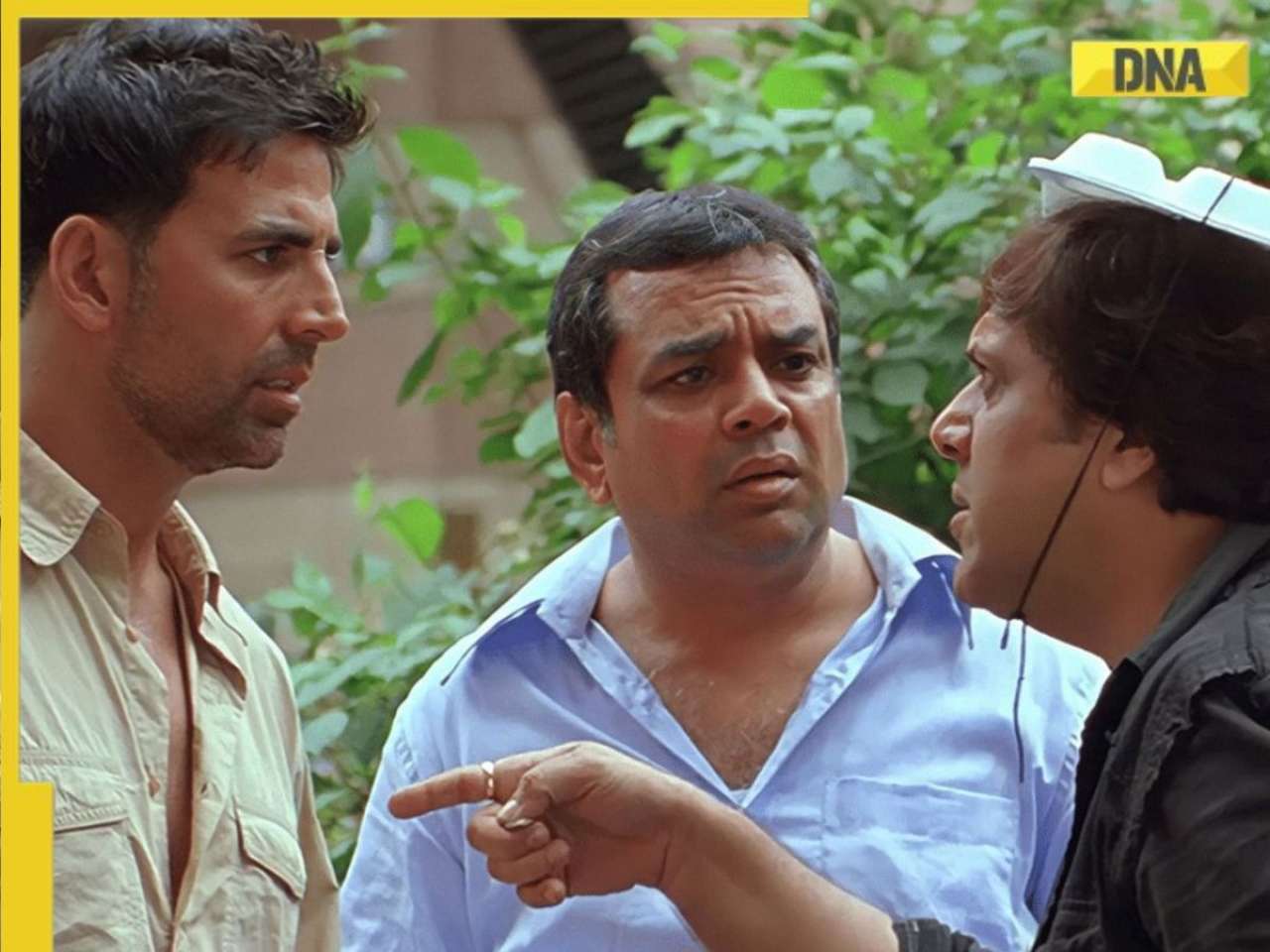






)
)
)
)
)
)
)
)
)
)
)
)
)
)
)







